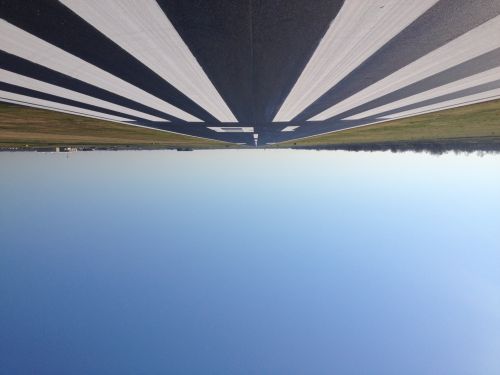Top 10 O&G Taxpayers in St. Mary
September 25, 2013
Natural gas gaining foothold as alternative
September 25, 2013As goes the Gulf of Mexico oil patch, so goes the south Lafourche airport. And business is good.
Per month aircraft activity has increased from 1,100 operations in 2011 to 1,813 thus far this year, a 64.8 percent spike, according to the airport’s manager. During the height of deep-water Gulf of Mexico permitting delays following the fatal and environmentally disastrous Deepwater Horizon explosion, the airport had 650 operations in one month.
And as deep-water Gulf of Mexico energy stakeholders jockey for position ahead of an anticipated protracted boon, the Leonard Miller Jr. Airport will likely grow with the Gulf’s rig count.
“If we have this conversation a year from now that number I just told you, 1,813, I totally expect that to double,” Joe Wheeler, the airport’s manager since November 2010, said. “(Existing) operators are planning on expansion.”
The Greater Lafourche Port Commission acquired the airport in 2001 and has invested heavily in shaping it into an asset to support Port Fourchon, which, servicing more than 90 percent of deep-water Gulf activities, now has 80 tenants on roughly 135 leases, all-time highs, according to GLPC Executive Director Chett Chiasson.
“I mean, everything that we’ve been told by the industry is that between now and the end of 2014 and the beginning of 2015, we’re going to go from 45 or so deep-water rigs drilling in the Gulf to 60,” Chiasson said. “That’s what’s sparking all of this expansion and growth in the port, and we’re happy to accommodate.”
More rigs in the Gulf means more shift changes, more patrols and more cargo deliveries. It also means more companies doing business at the port and in the Gulf, increasing the need for corporate officials to check in on their operations and creating vacuums in the so-called economic ripple effect.
Companies are increasingly looking to the airport as a base for helicopter operations. Chevron has leased 40 acres adjacent to the runway for a hub to service its offshore interests. Once it fully moves into its new base, Chevron will nearly double the airport’s number of on-site aircrafts, currently at 36, Wheeler said. An estimated 1,500 people per month will use the facility, he added.
Conversations with another potential partner have Wheeler optimistic the on-site aircraft number will total 90 next year.
To spur this interest in the airport, the commission has pumped about $17 million into developing it over the past 12 years.
“I have not seen that be equaled,” Wheeler said. “I have not seen an airport sponsor plug that much money into an airport. … That holds more clout with the (Federal Aviation Administration regarding federal grants) to see that the airport sponsor is actually spending money on the airport.”
Within the next year that local investment will be closer to $21 million. The commission intends to begin soliciting bids in November for a project to expand its ramp by approximately 50 percent at an anticipated cost of $3.5 million (the state has appropriated $750,000 for this project).
Plans are also in place to build a new public terminal, which would house office spaces and likely a Harbor Police depot. This project is estimated at $1.5 million, all of which the port commission will fund.
Tentatively, the airport plans to strengthen its runway to accommodate even larger jets by 2017-18, depending on the availability of FAA funding, Wheeler said. The project in mind would likely cost about $10 million, he added.
Located inside the south Lafourche ring levee system in Galliano, the airport offers flyers proximity to their offshore business, minimizing commute time to and from New Orleans or Houma, while providing reasonable protection from tropical storms.
Since the port commission purchased the airport 12 years ago, it has extended the runway from 3,800 feet to 6,500 feet, widened it from 75 to 100 feet and completed a parallel taxiway equal to that length, which makes landing and embarking safer. The current infrastructure allows the airport to receive corporate jets carrying as many as 20 passengers.
The airport is continuing to develop its Instrument Landing System, which guides pilots toward the optimal landing path on vertical and horizontal scales. Construction on the final portion of that system should begin by the end of October, Wheeler said. All told, the ILS cost about $1 million.
More than 1,200 acres of property surrounding the airport are available for industrial development, which could serve as a new frontier for growth in coming years. Wheeler said he would begin focusing more intensely on marketing these leases once next year’s airport projects are completed.
But for now, the task at hand is to accommodate the rush to the Gulf of Mexico.
“Marketing the airport hasn’t been an issue,” Wheeler said. “With the oil and gas industry now and the plethora amount of companies out there, and with the port commission operating Port Fourchon, they know the airport is here.”
Ready for takeoff, the south Lafourche airport has expanded its operations.









